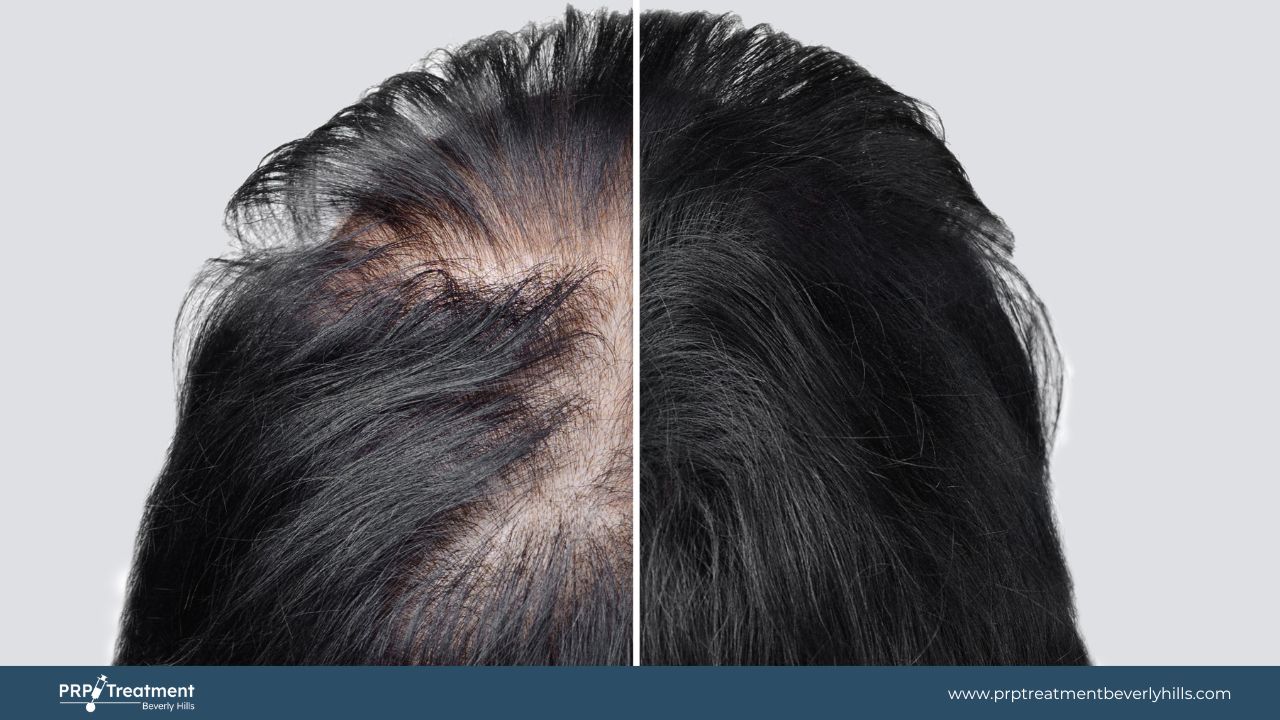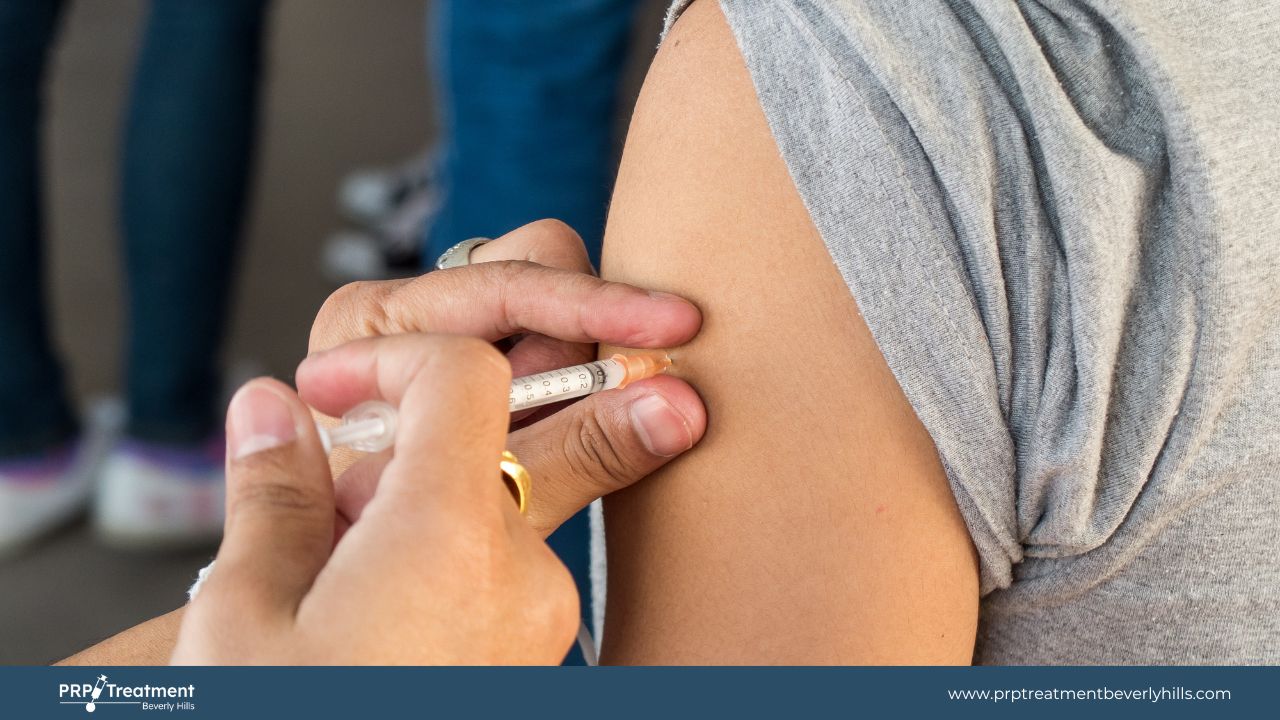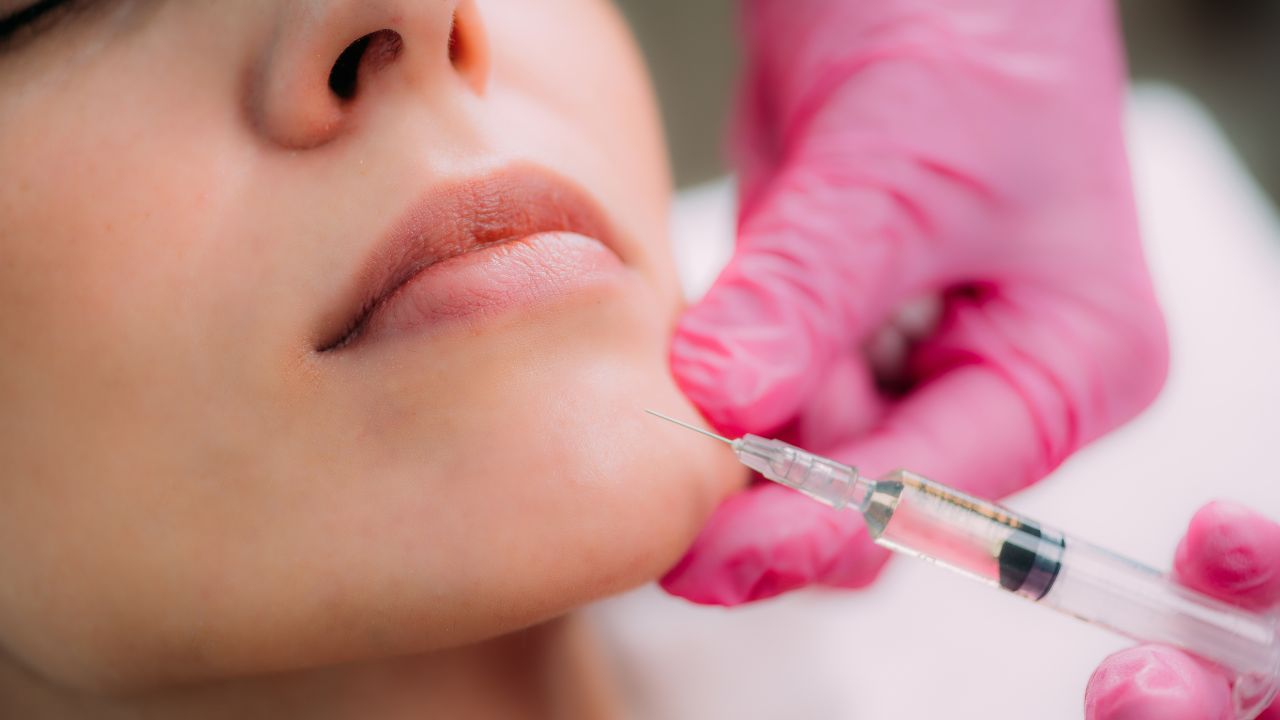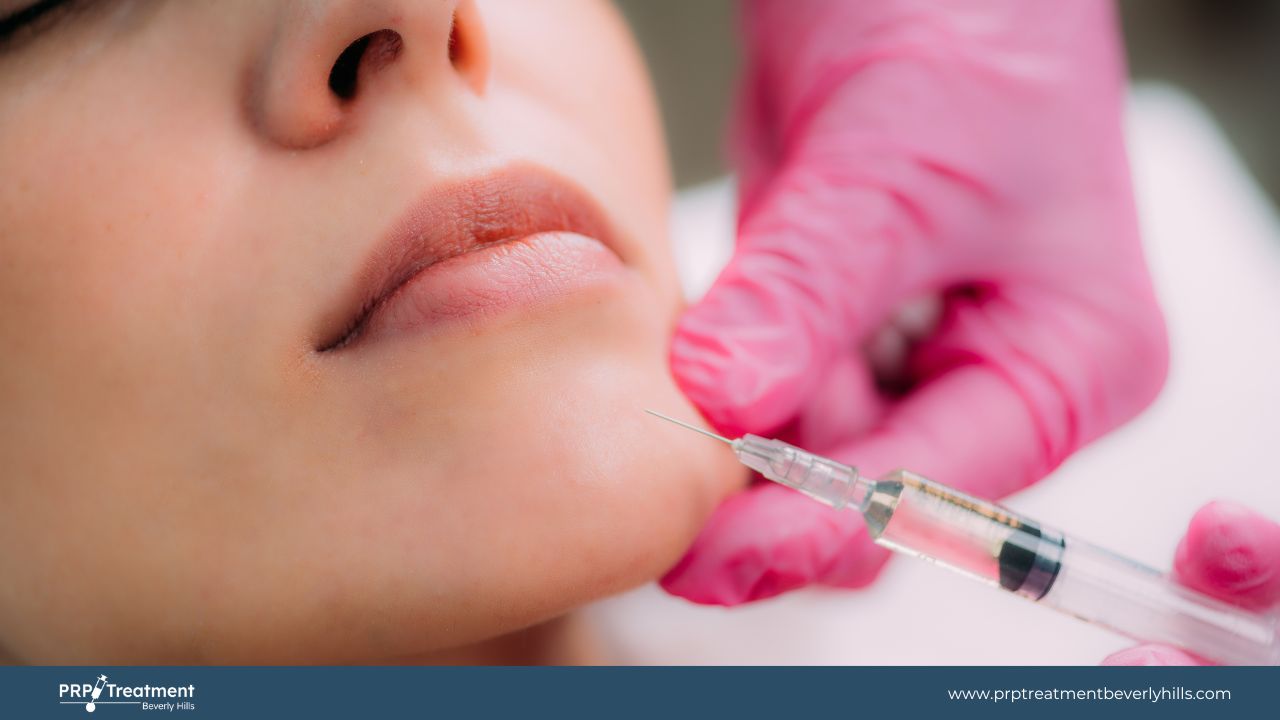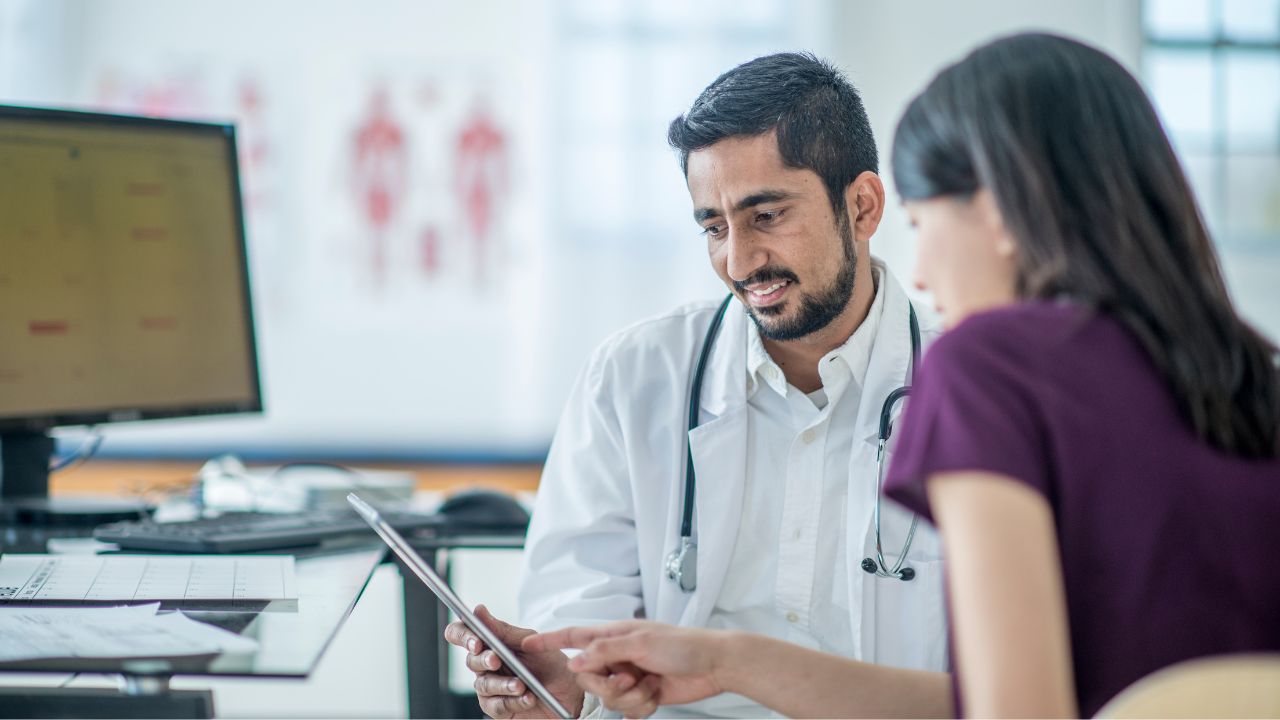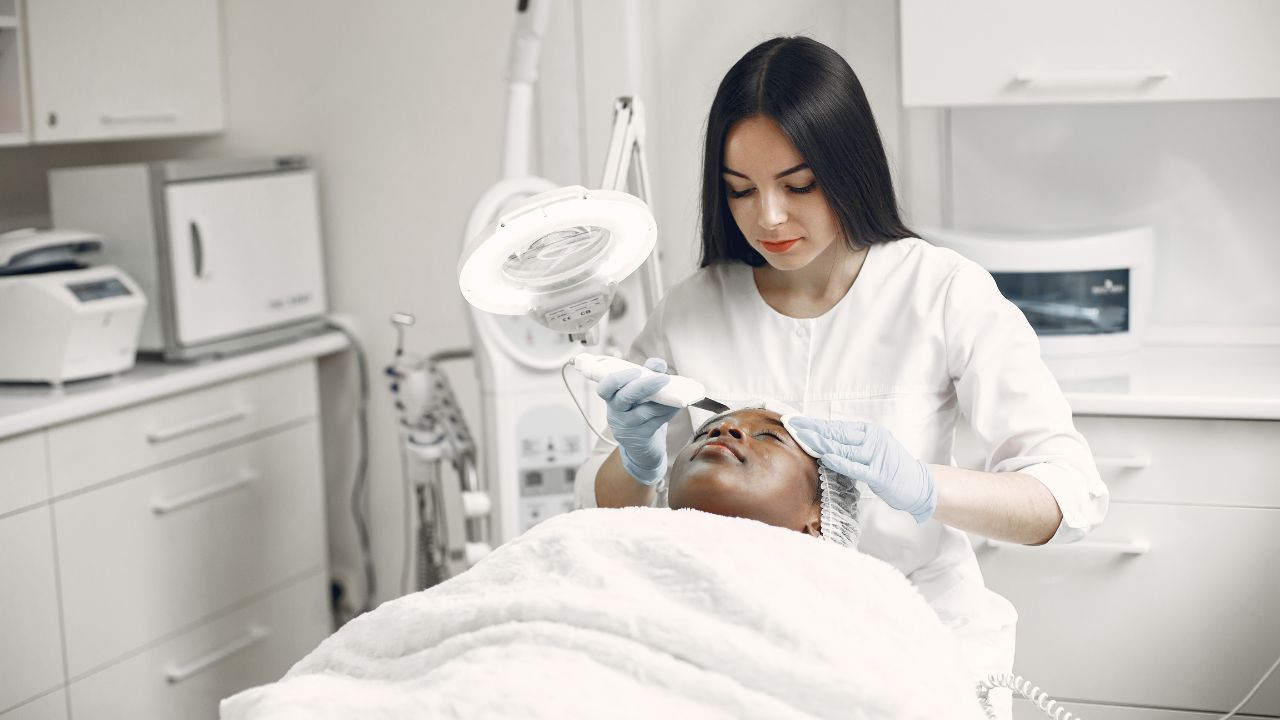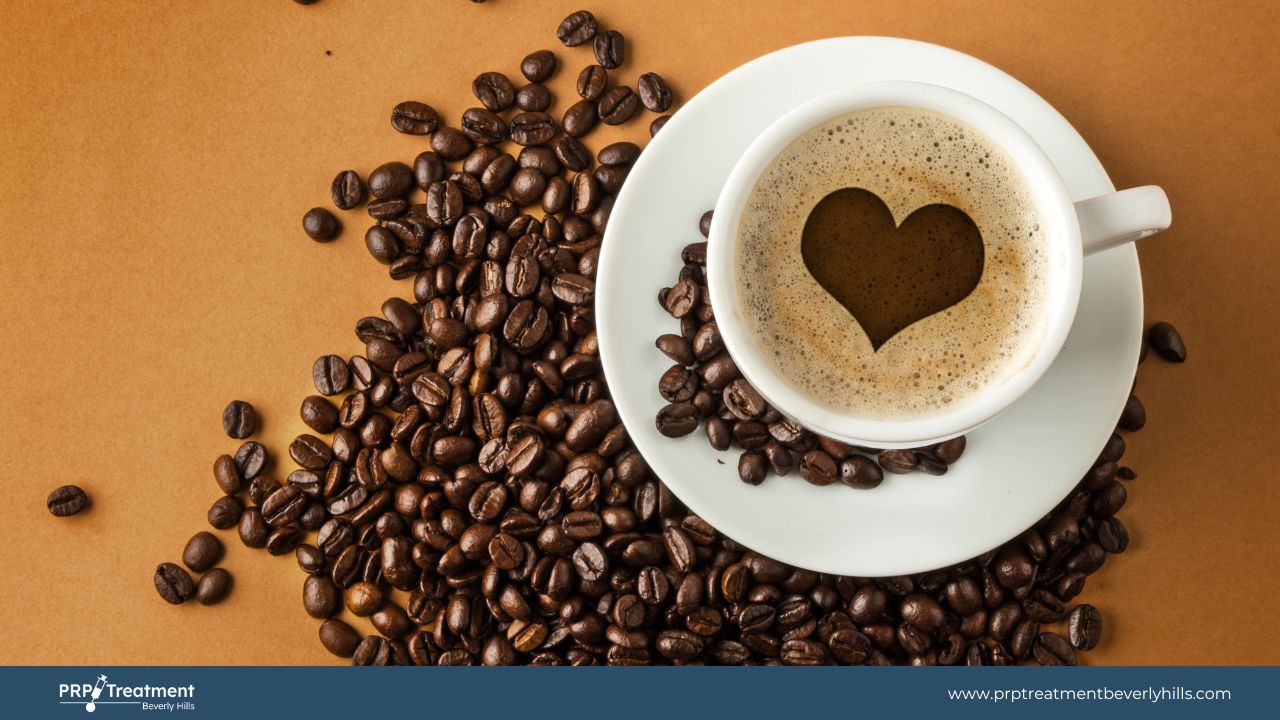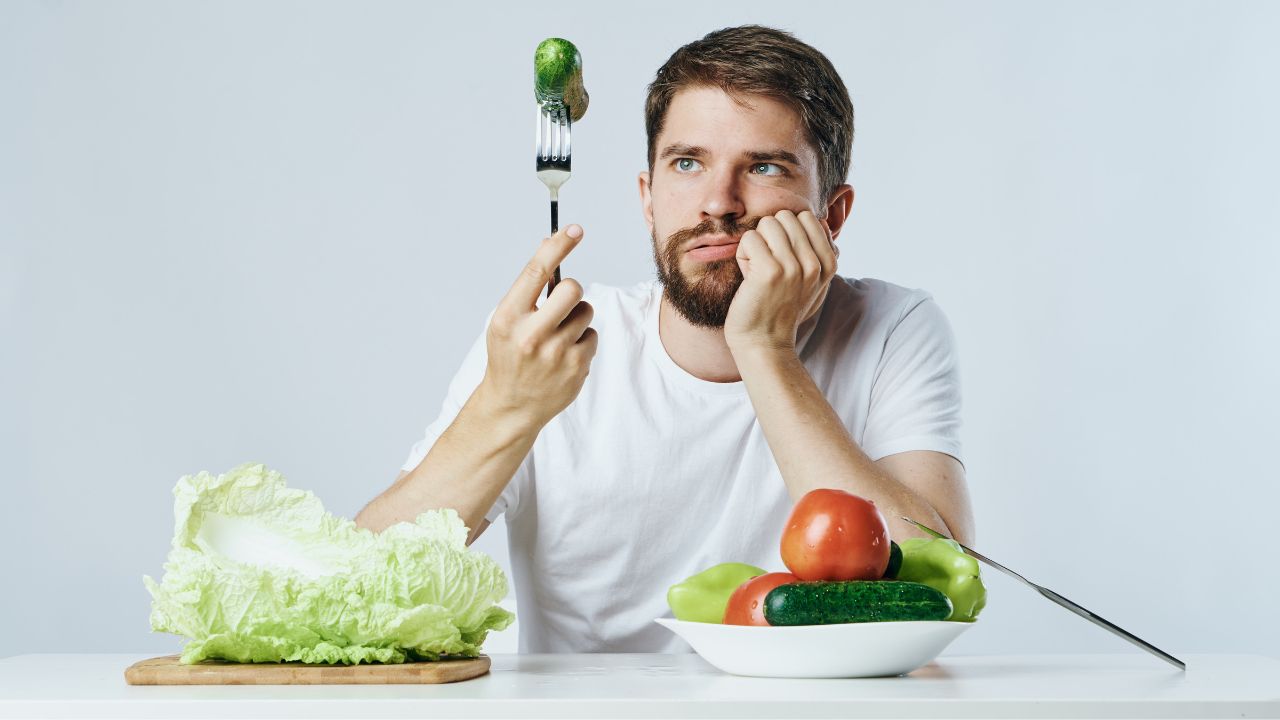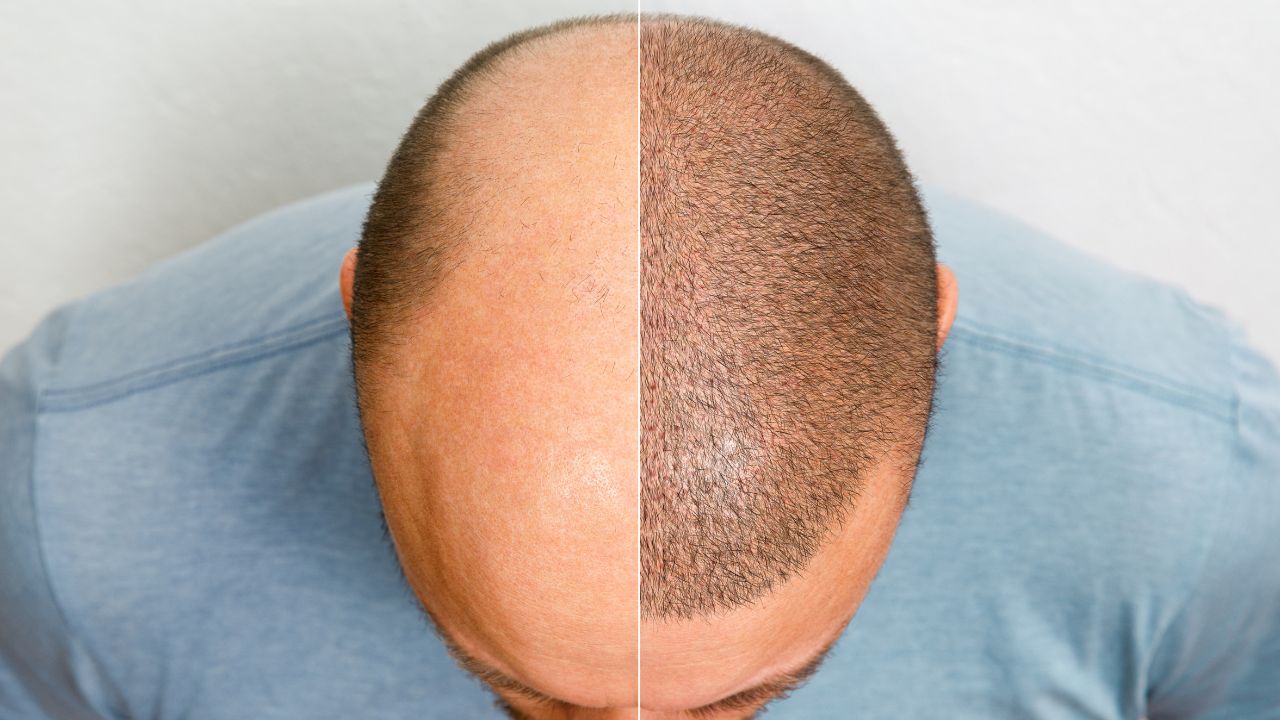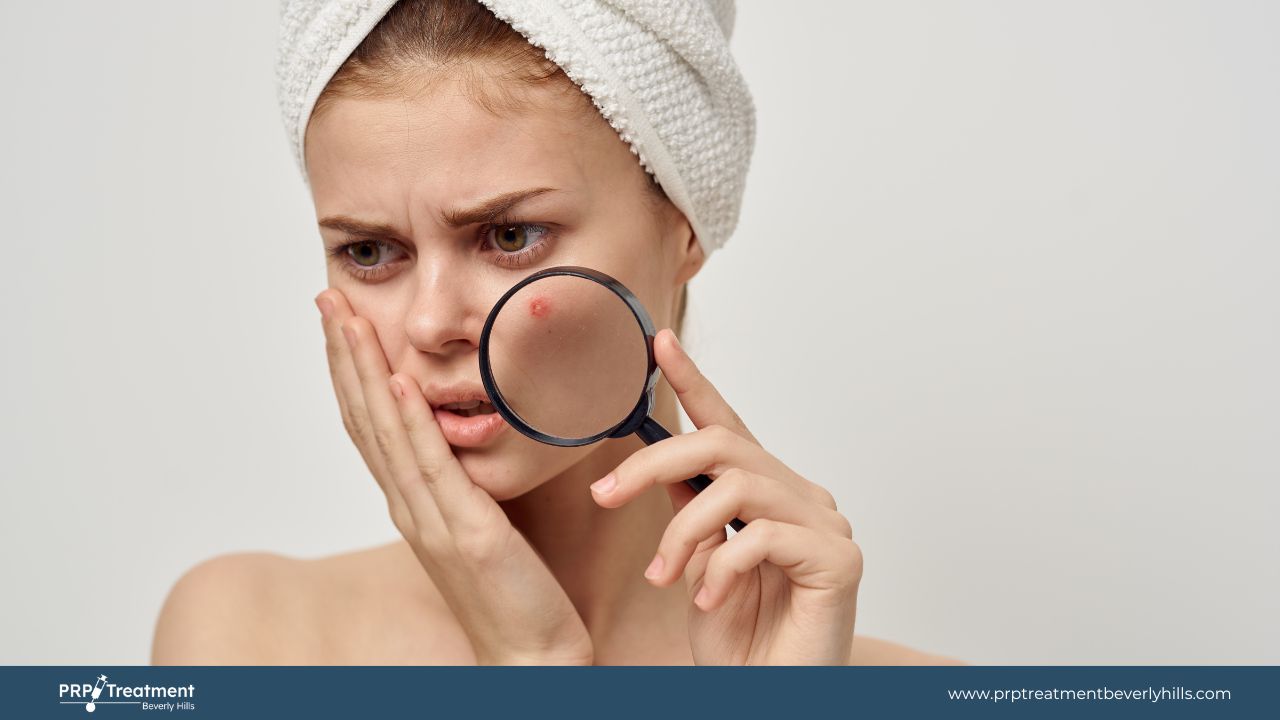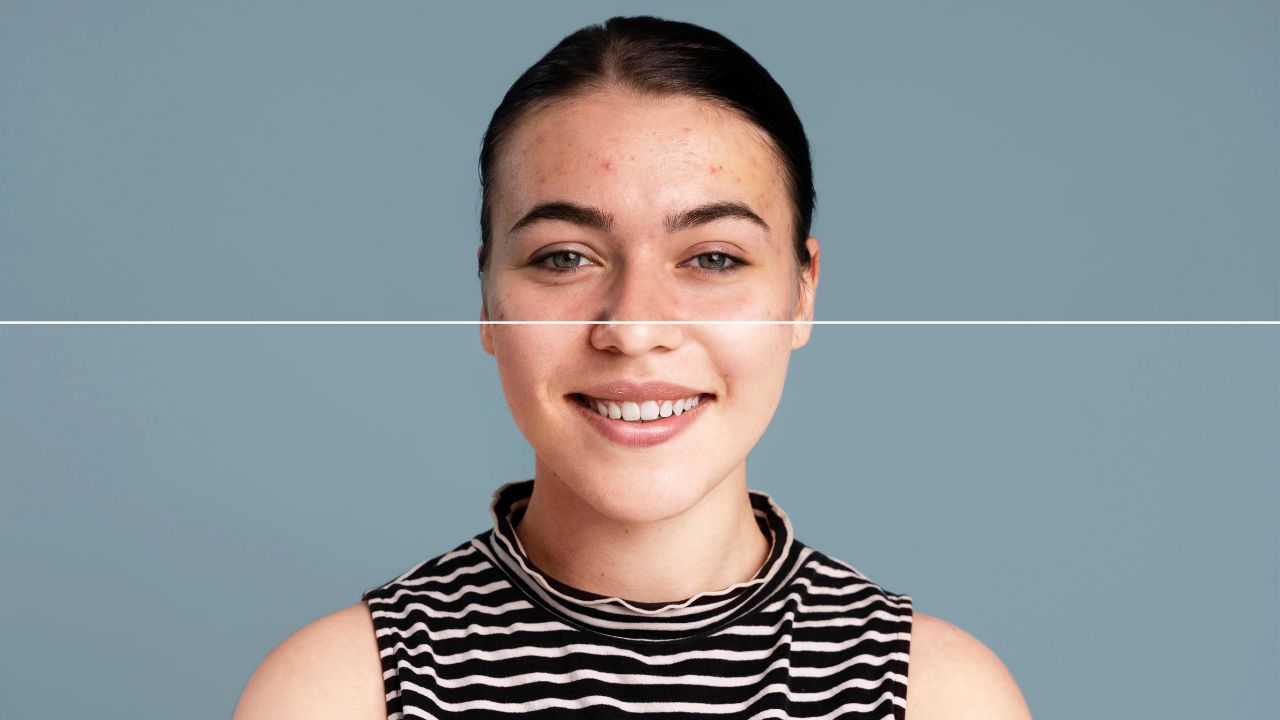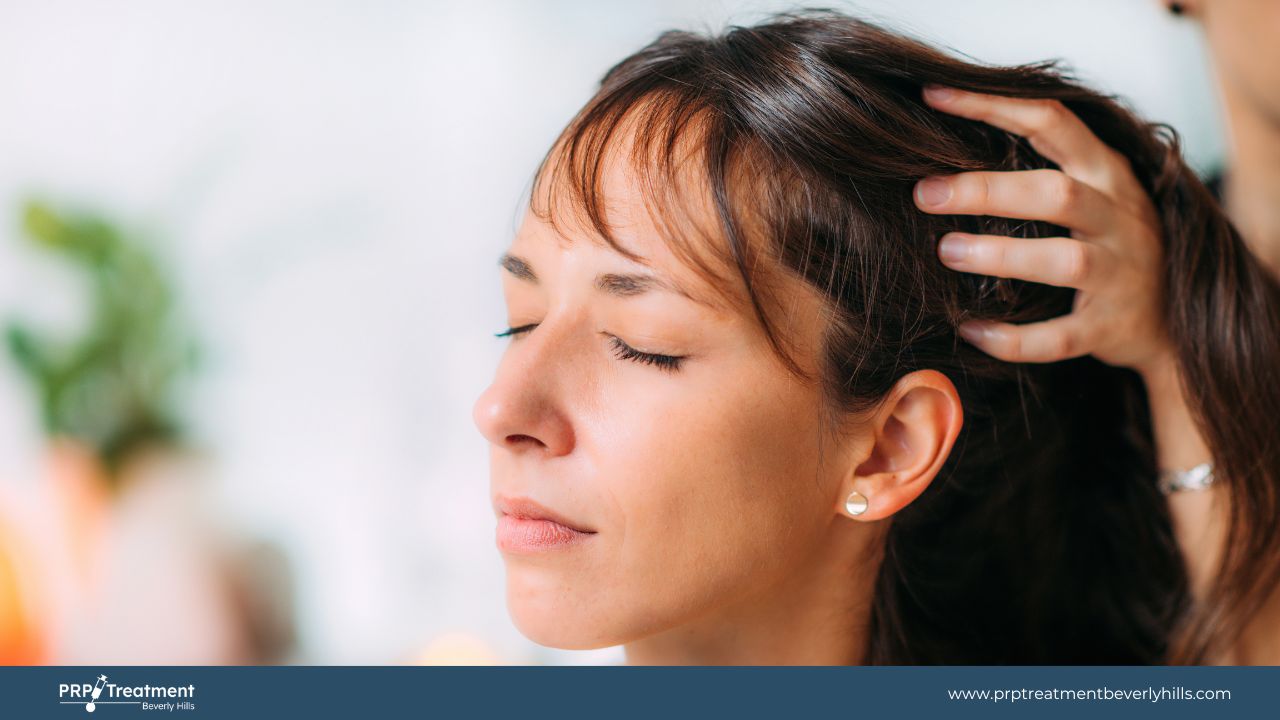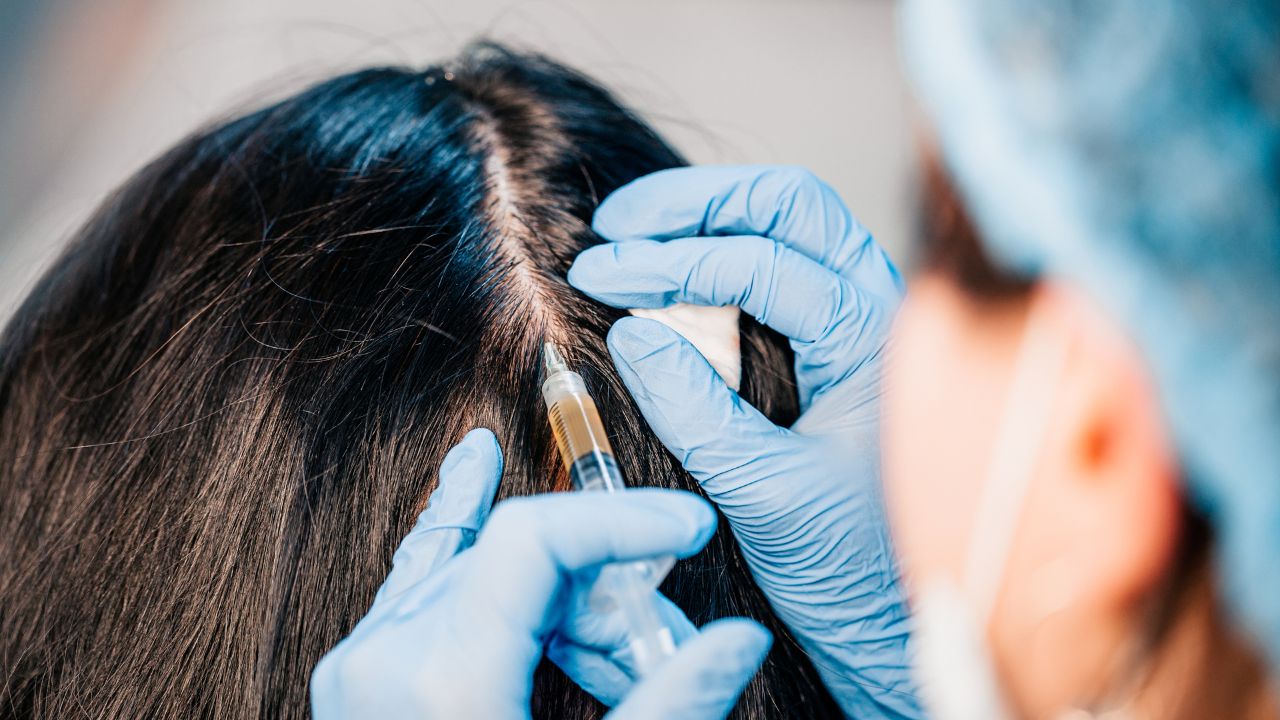PRP hair treatment is a non-invasive solution for those seeking to address hair loss and improve the appearance of their hair. It harnesses the power of growth factors in the patient’s blood to stimulate hair growth and enhance hair thickness.
The success rate of PRP hair treatment remains high, with many patients experiencing improvement in hair growth and thickness. In this article, we will dive into the high success rates of PRP hair treatment and what makes it an effective solution for those struggling with hair loss.
PRP Hair Treatment Success Rate In 2022
PRP hair treatment has continued to be a popular choice for individuals seeking a non-invasive solution to hair loss in 2022. Many studies have shown that the success rate of PRP hair treatment remains high, with many patients experiencing improvement in hair growth and thickness.
A study published in 2022 reported that 70% of patients who underwent PRP hair treatment experienced improved hair growth and density. Another study found that PRP hair treatment effectively treated male and female pattern baldness, with a success rate of 70-80%.
It is important to note that the success rate of PRP hair treatment can vary depending on several factors, such as the practitioner’s expertise, the quality of the equipment used, and the individual’s overall health and medical history.
What Makes PRP Hair Treatment So Successful?
Several factors contribute to the success of PRP hair treatment:
Use of the patient’s blood
PRP hair treatment uses a patient’s blood, rich in growth factors that promote hair growth. By using the patient’s blood, the treatment minimizes the risk of side effects and ensures that the patient’s body is not rejecting the treatment.
Stimulation of hair follicles
The growth factors in the patient’s blood are injected into the scalp, stimulating the hair follicles and promoting growth.
Minimally invasive
PRP hair treatment is a minimally invasive procedure that does not require incisions or surgical intervention, making it a preferred option for many patients.
Non-toxic
PRP hair treatment uses the patient’s blood, which is non-toxic and contains no harmful chemicals.
Customizable
PRP hair treatment can be customized to the individual patient’s needs and goals. The practitioner can adjust the concentration of growth factors to suit the patient’s specific needs and goals.
Is PRP Always Successful?
PRP hair treatment is not always successful, as the success of the treatment can depend on several factors. While the procedure has a high success rate, with many patients experiencing improvement in hair growth and thickness, it may not work for everyone.
The success of PRP hair treatment depends on several factors, including:
- The expertise of the practitioner
- The quality of the equipment used
- The individual’s overall health and medical history
- The cause of hair loss
PRP hair treatment is relatively new, and limited long-term research is still available. As with any medical procedure, there is no guarantee of success, and it is essential to have realistic expectations.
Is PRP Better Than Minoxidil?
The efficacy of PRP treatment is better than minoxidil. Studies found PRP shows more effective results than minoxidil while treating alopecia areata and androgenetic alopecia. Combined PRP and minoxidil use are promising for the treatment of androgenetic alopecia.
Minoxidil is a topical solution applied directly to the scalp and is designed to stimulate hair growth by increasing blood flow to the hair follicles. It is widely available over the counter and effectively promotes hair growth for many people.
While PRP treatment and minoxidil can effectively promote hair growth, there are some critical differences between the two. Minoxidil is a topical solution that can be applied at home, while PRP treatment is a medical procedure performed in a clinic or medical setting. PRP treatment is also considered more natural and minimally invasive, using the patient’s blood, while minoxidil contains chemicals.
In conclusion, PRP treatment and minoxidil can effectively promote hair growth, and the best option depends on several factors, including the cause of hair loss and the individual’s specific needs and goals. It is essential to discuss your options with a qualified and experienced practitioner to determine the best course of action.
Why Am I Losing More Hair After PRP?
Losing more hair after PRP treatment can occur for several reasons, including:
Overstimulation of hair follicles
While PRP treatment stimulates hair growth, the follicles can become overstimulated, leading to an initial shedding phase. This is normal and typically subsides after a few weeks.
Improper technique
If the PRP treatment is not performed correctly, it can result in further hair loss. It is essential to choose a qualified and experienced practitioner who uses the proper technique and equipment to minimize the risk of complications.
Underlying medical condition
An underlying medical condition, such as an autoimmune disorder, hormonal imbalance, or nutritional deficiency, can cause hair loss. PRP treatment may not be effective if you have an underlying medical condition contributing to your hair loss.
Side effects
While PRP treatment is generally considered safe, some patients may experience side effects, such as redness, swelling, or pain at the injection site. These side effects typically resolve within a few days.
How to Find the Right PRP Hair Treatment Provider
When choosing a PRP hair treatment provider, it’s important to research and selects a clinic with experience and expertise in the procedure. You can start by looking for before and after photos of previous patients, reading reviews and testimonials, and asking the clinic about their success rate with PRP treatment.
Choosing a trusted and qualified provider is essential, as the success of PRP hair treatment depends on several factors, such as the practitioner’s expertise, the quality of the equipment used, and the individual’s overall health and medical history.
Does Hair Regrow After PRP Treatment?
Yes, hair can regrow after PRP treatment. PRP hair treatment works by injecting a concentration of growth factors in the patient’s blood into the scalp, stimulating hair follicles and promoting growth.
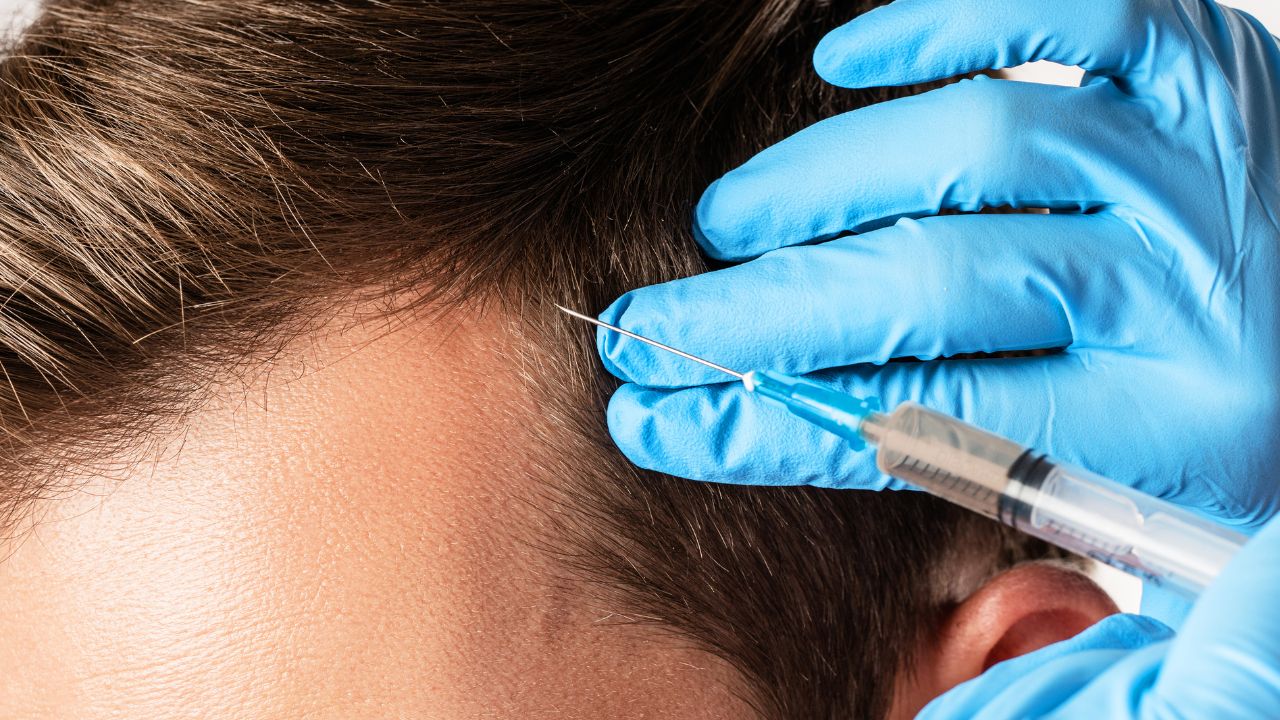
Many patients experience regrowth after undergoing PRP hair treatment. However, the results can vary depending on several factors, including the cause of hair loss and the individual’s overall health and medical history.
Final Words
PRP hair treatment has become a popular and effective solution for improving hair growth and thickness. With a high success rate and a relatively low risk of side effects, PRP hair treatment has become a sought-after option for many people looking for a minimally invasive solution to their hair loss.
Before undergoing PRP hair treatment, it is important to consult with a qualified and experienced practitioner to determine if the procedure is right for you. The practitioner will consider factors such as the cause of hair loss, your overall health and medical history, and your specific goals and expectations.
With the right approach, PRP hair treatment can help to promote hair growth and improve hair thickness, providing a natural and effective solution for those looking to restore the health and appearance of their hair.

